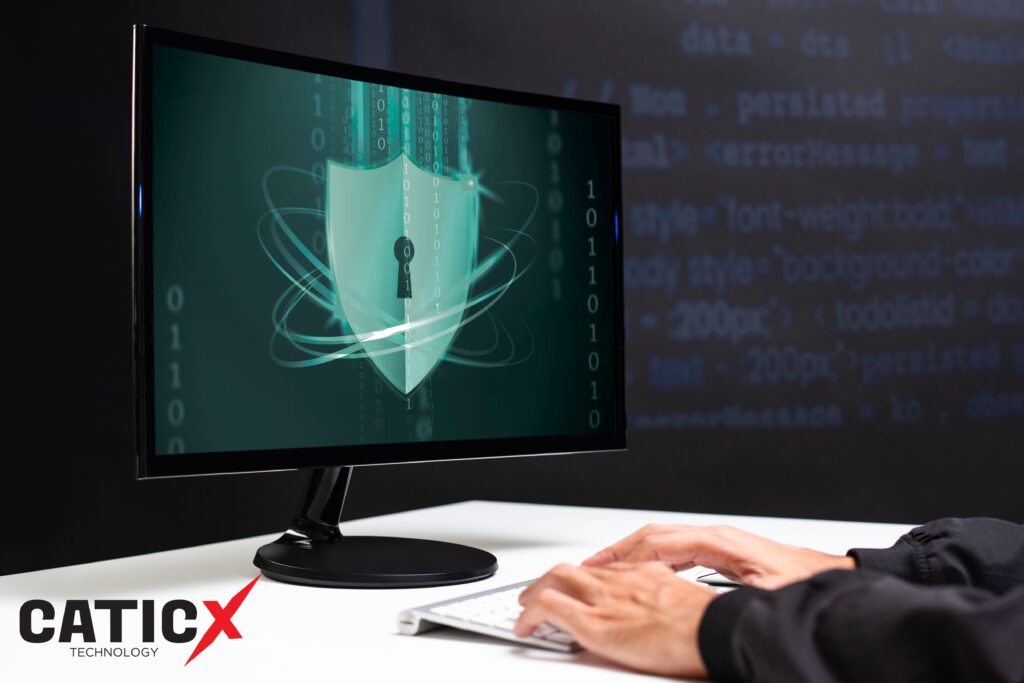As digital transformation accelerates unprecedentedly, cybersecurity has become a critical concern for businesses and individuals alike. With the rising number and sophistication of cyber threats, traditional security measures often fail to provide adequate protection. This is where artificial intelligence (AI) comes into play, revolutionizing the cybersecurity landscape by introducing innovative solutions to combat these persistent threats.
Cyber Threats
Cyber threats encompass a wide range of malicious activities aimed at compromising the integrity, confidentiality, or availability of information systems. These threats include malware, phishing attacks, ransomware, and insider threats, among others. As organizations increasingly rely on digital platforms for their operations, the potential attack surface expands, making them more vulnerable to various types of cyberattacks.
According to cybersecurity reports, the cost of cybercrime is expected to reach trillions of dollars in the coming years. This alarming trend underscores the urgent need for more effective security measures to safeguard sensitive data and maintain the trust of customers.
The Role of AI in Cybersecurity
Artificial intelligence has the potential to transform how organizations approach cybersecurity. By leveraging machine learning, data analytics, and pattern recognition, AI can enhance threat detection, response times, and overall security posture. Here are some key ways AI is revolutionizing cybersecurity:
1. Advanced Threat Detection
One of the most significant advantages of AI in cybersecurity is its ability to analyze vast amounts of data in real time. Traditional security systems often rely on signature-based detection methods, which can struggle to identify new or evolving threats. AI, on the other hand, utilizes machine learning algorithms to recognize patterns and anomalies within data. This enables the identification of potential threats that may not have been previously documented.
For instance, AI systems can learn from historical data to establish a baseline of normal user behavior. When deviations from this baseline occur—such as unusual login attempts or data access patterns—AI can flag these activities for further investigation.
2. Automated Response
In addition to detecting threats, AI can also automate response mechanisms. Once a potential threat is identified, AI-driven systems can initiate predefined response protocols without human intervention. This can significantly reduce response times, minimizing the potential damage caused by a cyberattack.
For example, if an AI system detects suspicious activity on a network, it can automatically isolate affected devices, block malicious IP addresses, or even deploy patches to vulnerable systems. This proactive approach can be particularly beneficial in mitigating the impact of fast-moving threats like ransomware.
3. Predictive Analytics
AI’s predictive capabilities allow organizations to anticipate potential security breaches before they occur. By analyzing historical data and recognizing trends, AI can identify vulnerabilities and predict when and where attacks are likely to happen. This foresight enables organizations to implement preventative measures and allocate resources more effectively.
For example, an AI system might identify that certain types of phishing attacks are more prevalent during specific times of the year or in response to certain events. Organizations can use this information to bolster their defenses during high-risk periods.
4. Enhanced User Authentication
AI can also improve user authentication processes. Traditional password-based systems are often susceptible to breaches, making them an inadequate defense against unauthorized access. AI can enhance security by implementing biometric authentication methods, such as facial recognition or fingerprint scanning, which are more difficult to spoof.
Furthermore, AI can analyze user behavior to determine the likelihood of account compromise. For instance, if a user typically accesses their account from a specific location and suddenly attempts to log in from a different country, AI can flag this as suspicious and prompt additional verification steps.
5. Continuous Learning and Adaptation
One of AI’s most powerful features is its ability to learn and adapt over time. As new threats emerge, AI systems can update their algorithms and models to reflect the latest threat landscape. This continuous learning process ensures that organizations remain resilient against evolving cyber threats.
Moreover, AI can analyze data from multiple sources, including global threat intelligence feeds, to stay ahead of emerging trends. This capability enables organizations to be proactive rather than reactive in their cybersecurity strategies.
Challenges in AI-Driven Cybersecurity
While AI presents numerous benefits for cybersecurity, it is not without its challenges. Here are some potential obstacles organizations may face when integrating AI into their security practices:
1. Data Privacy Concerns
The use of AI in cybersecurity often involves the collection and analysis of vast amounts of data, including personal information. Organizations must navigate complex regulations related to data privacy and ensure that their AI systems comply with legal requirements.
2. False Positives and Negatives
AI systems are not infallible and can produce false positives (incorrectly identifying a benign action as malicious) and false negatives (failing to detect a genuine threat). Striking the right balance between sensitivity and specificity is crucial to minimize disruptions and maintain effective security.
3. Dependency on Quality Data
The effectiveness of AI-driven cybersecurity solutions relies heavily on the quality of the data used for training algorithms. Poor-quality data can lead to inaccurate threat assessments and ineffective responses. Organizations must ensure they have robust data management practices in place.
4. Skill Shortages
The integration of AI into cybersecurity requires a skilled workforce capable of managing and interpreting AI systems. There is a growing demand for professionals who understand both cybersecurity principles and AI technologies, creating a skills gap that organizations must address.
The Future of AI in Cybersecurity
As cyber threats continue to evolve, the role of AI in cybersecurity will become increasingly vital. Here are some trends we can expect to see in the coming years:
1. Integration of AI and Human Expertise
While AI can automate many aspects of cybersecurity, human expertise will remain essential. The most effective security strategies will combine AI-driven insights with the judgment and intuition of experienced security professionals.
2. Greater Emphasis on Collaboration
Collaboration among organizations, industry stakeholders, and government entities will be crucial in combating cyber threats. AI can facilitate this collaboration by sharing threat intelligence and enhancing collective defense mechanisms.
3. Expansion of AI Technologies
The application of AI in cybersecurity will continue to expand, incorporating technologies such as natural language processing and computer vision. These advancements will further enhance threat detection and response capabilities.
4. Evolving Regulations and Standards
As the use of AI in cybersecurity grows, so will the regulatory landscape. Organizations must stay informed about evolving laws and standards related to AI and cybersecurity to ensure compliance and protect user data.
Conclusion
The impact of AI on cybersecurity is profound and transformative, especially at Caticx Technology, one of the leading cybersecurity companies in Dubai. By enhancing threat detection, automating responses, and predicting future attacks, AI is revolutionizing how organizations safeguard against cyber threats. However, as we embrace these advancements, it’s vital to remain vigilant about the challenges they bring. A balanced approach that combines AI technologies with human expertise is crucial for navigating the complex cybersecurity landscape in the years ahead. By leveraging AI effectively, organizations can not only defend against current threats but also position themselves for a more secure digital future with Caticx Technology leading the way.


